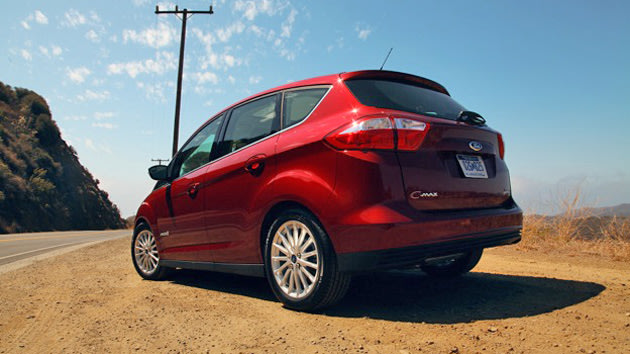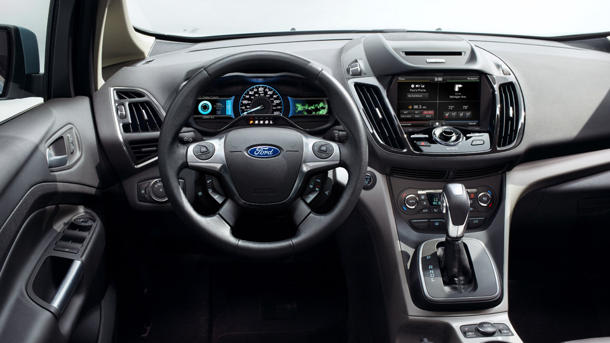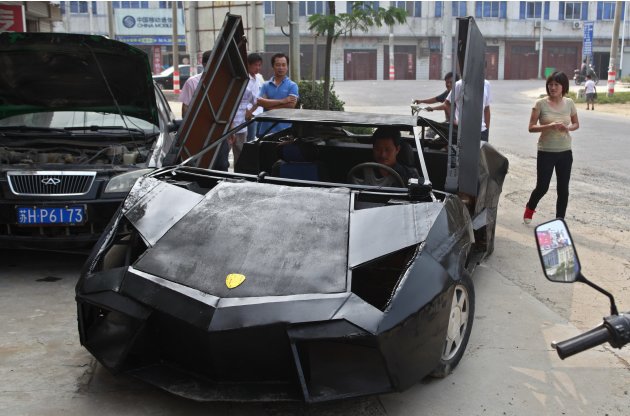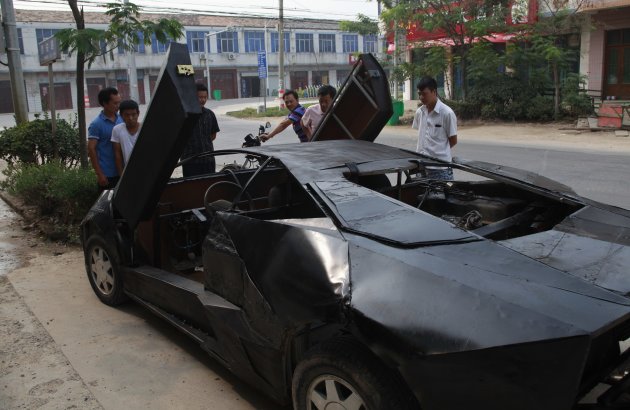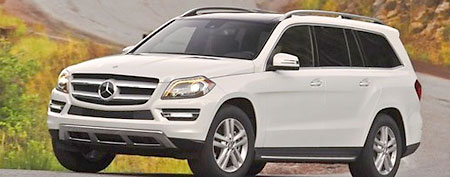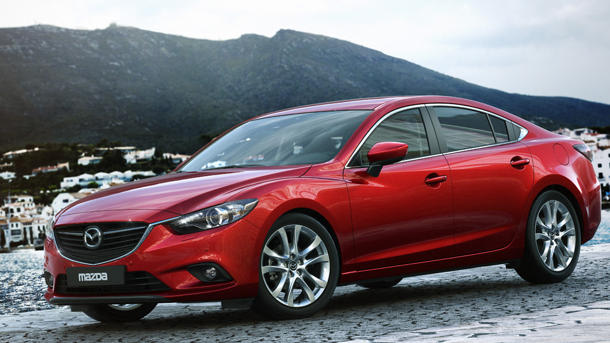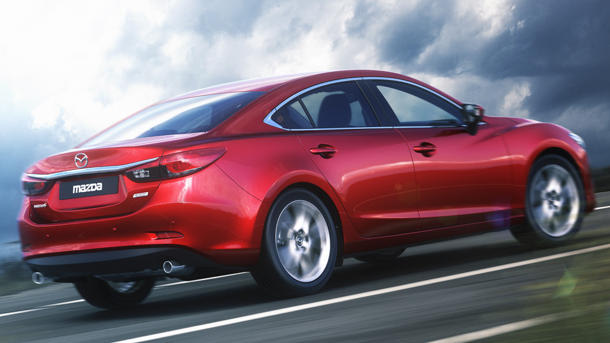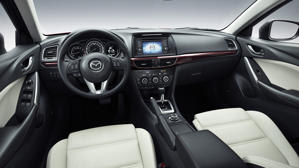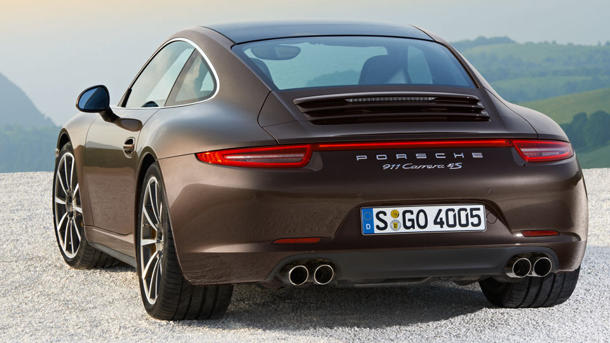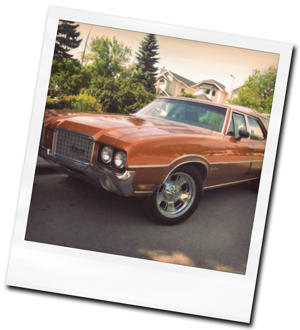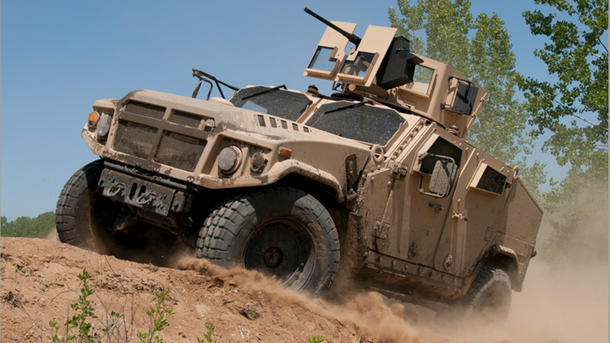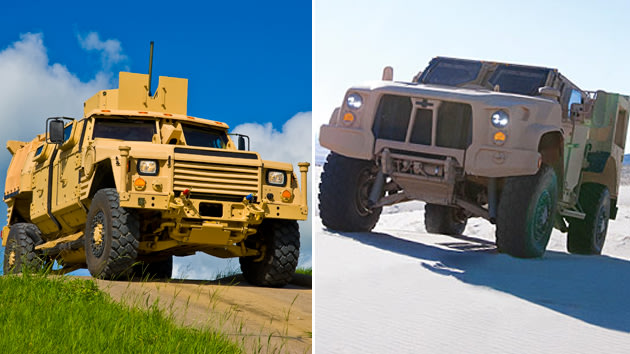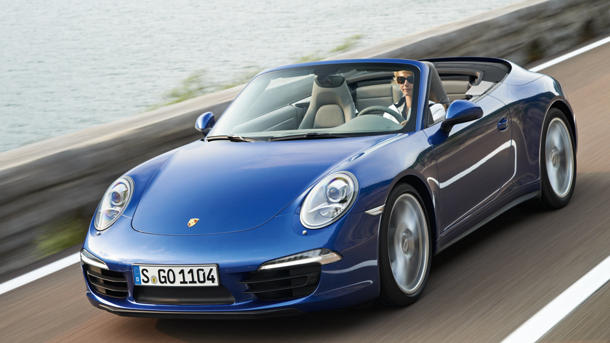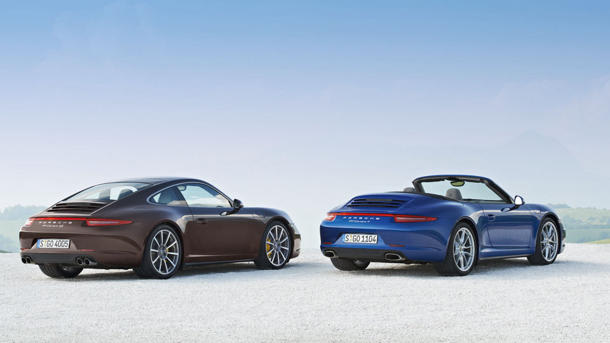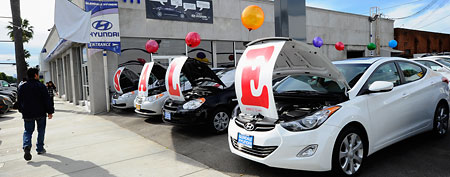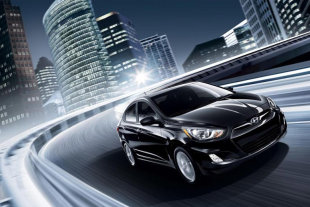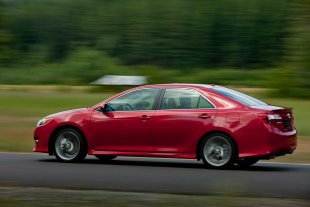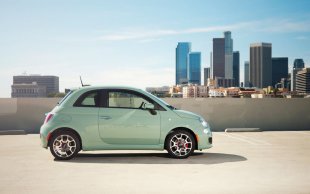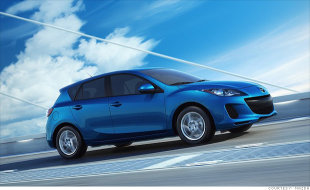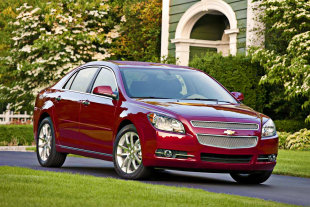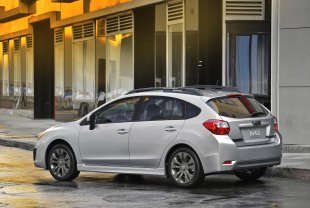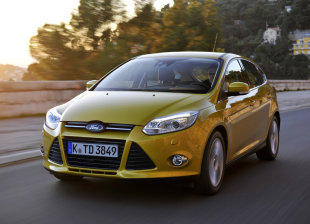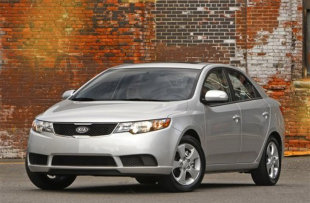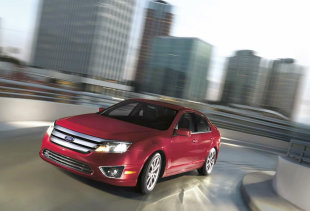Diesel vehicles get remarkable fuel economy, but it’s sometimes not enough to make them a better value overall than their gas counterparts.
The main reason is the higher pricetag: on average a diesel is $5,045 more than a gas-powered version of the same model, according to Vincentric LLC, a research firm in Bingham Farms, Mich.
Beyond the purchase amount, diesels also end up costing a little extra to own and maintain. That’s partly because some new diesel vehicles are required to have a reservoir of urea, which gets injected into the exhaust and neutralizes some of the pollutants.
With this so-called “clean-diesel” technology, emissions are now cleaner than what comes from many gasoline vehicles—which is a major role reversal. But there is added maintenance involved in replenishing the reservoirs and making sure the more complex diesel engine is running properly.
“We found that diesels typically have slightly higher insurance, repair and maintenance costs,” says David Wurster, president of Vincentric, which specializes in calculating total cost of ownership and chose diesels for its most recent alternative fuel analysis.
“An additional noteworthy point is that on a percentage basis, diesels have lower depreciation, but because they cost more to purchase, their total dollars of depreciation are higher,” Wurster says. (Some might argue that diesel is not technically an alternative fuel, but it’s not exactly mainstream in the United States either, given that only a small fraction of vehicles use it.)
The Diesel vs. Gas ShowdownVincentric analyzed 23 diesels on sale in the United States—11 of them classified as commercial vehicles and 12 as consumer vehicles. It looked at overall cost of ownership for five years, with 15,000 miles driven annually. Based on this analysis, nine diesels had five-year ownership costs that are lower than equivalent models with gasoline engines. We list them in descending order based on overall savings versus their gas equivalents.
Vincentric, a research firm in Bingham Farms, Mich., specializes in calculating cost of ownership for vehicles and tracks more than 2,000 models. Nine factors go into its cost of ownership calculations: purchase price, depreciation, financing, fees and taxes, fuel, insurance, maintenance, repairs and opportunity cost. The price it uses for fuel is a weighted national average for the previous five months, to better reflect market trends, rather than market extremes.
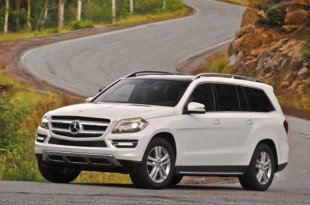 2012 Mercedes-Benz GL350 Bluetec 4MaticOverall savings compared with the gas-powered GL450 4Matic:
2012 Mercedes-Benz GL350 Bluetec 4MaticOverall savings compared with the gas-powered GL450 4Matic: $10,128
Fuel savings: $4,750
The GL-Class is Mercedes’ largest crossover. It was refreshed for 2012 with minor styling changes. The GL350 Bluetec has a 3.0-liter V6 turbodiesel that puts out 210 hp and gets an EPA-estimated 17 mpg city, 21 mpg highway and 19 mpg overall.
Its substantial fuel savings** of $4,750 helps the GL350 Bluetec achieve the highest total savings of any diesel vehicle for which Vincentric calculated five-year ownership costs. Vincentric estimates that the purchase price* is only $101 higher than that of the gas-powered GL450 4Matic.
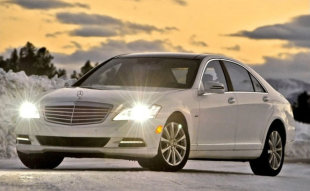 2012 Mercedes-Benz S350 Bluetec 4MaticOverall savings compared with the gas-powered S550:
2012 Mercedes-Benz S350 Bluetec 4MaticOverall savings compared with the gas-powered S550: $6,015
Fuel savings: $4,003
The Mercedes S350 Bluetec 4Matic is the least expensive S-Class model. It is one of just a few diesel vehicles in Vincentric’s study with a lower purchase price relative to its gas-powered counterpart.
Just going on the suggested retail price, the diesel S350 is $2,450 less than the S550, which has a V-8 engine that runs on gasoline. But Vincentric, which tries to ascertain what buyers are actually paying, pegs the S350 purchase price* at $3,418 less.
The S350 is the only S-Class model with all-wheel drive. The others are rear-wheel drive, which makes its fuel savings** of $4,003 more remarkable. It has a more powerful version of the 3.0-liter V-6 turbodiesel that’s in the Mercedes GL350 Bluetec. The engine produces 240 hp and gets an EPA-estimated 21 mpg city, 31 mpg highway and 25 mpg overall.
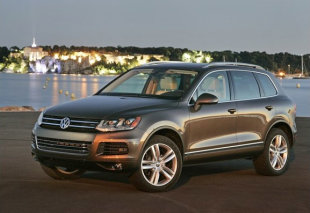 2012 Volkswagen Touareg TDIOverall savings compared to gas-powered Touareg:
2012 Volkswagen Touareg TDIOverall savings compared to gas-powered Touareg: $4,447
Fuel savings: $2,840
The VW Touareg Diesel is a pricey midsize crossover with rugged capabilities. Its 240-hp V-6 gets 19 mpg city, 28 mpg highway and 22 mpg combined, according to the EPA—respectable for such a large and heavy vehicle.
Its purchase price* is $3,322 higher than the gas-powered Touareg. But taking into account its five-year cost of ownership, Vincentric estimates that the diesel will end up saving owners a total $4,447 over the gas model—including a $2,840 fuel savings**.
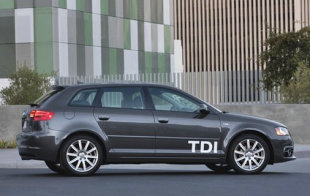 2012 Audi A3 2.0T TDIOverall savings compared to gas-powered A3 2.0T:
2012 Audi A3 2.0T TDIOverall savings compared to gas-powered A3 2.0T: $3,583
Fuel savings: $3,793
The A3 is the smallest car Audi sells in the United States. It’s only available as a four-door hatchback. Vincentric estimates that the purchase price* of the diesel A3 is $1,630 higher than the comparable gas-powered version.
The A3 2.0T TDI is less expensive to insure and maintain versus the gasoline version of the A3. That combined with fuel savings** of $3,792 make for a lower five-year cost of ownership. The EPA estimates fuel economy of 30 mpg city, 42 mpg highway and 34 mpg combined.
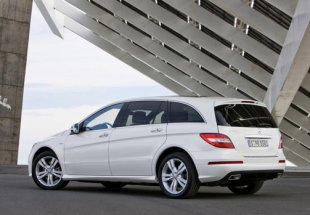 2012 Mercedes-Benz R350 Bluetec 4MaticOverall savings compared to gas-powered R350 4Matic:
2012 Mercedes-Benz R350 Bluetec 4MaticOverall savings compared to gas-powered R350 4Matic: $3,181
Fuel savings: $1,832
The R-Class is Mercedes’ version of a minivan, except with rear doors that swing out, rather than slide open. The diesel R350 Bluetec 4Matic has a purchase price* $844 lower than that of the gasoline R350 4Matic. Vincentric also calculates significantly lower depreciation for the diesel version versus the gasoline one, saving owners $2,142 over five years.
The R350 Bluetec 4Matic uses the same 210-hp 3.0-liter V-6 turbodiesel as the GL350 Bluetec 4Matic. The EPA estimates fuel economy of 18 mpg city, 23 mpg highway and 20 mpg combined. Sales of the R-Class have been sluggish ever since its introduction for the 2006 model year. After 2012, it will no longer be available in the United States.
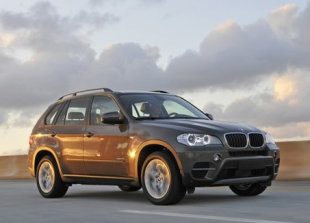 2012 BMW X5 xDrive35dOverall savings compared to gas-powered Touareg:
2012 BMW X5 xDrive35dOverall savings compared to gas-powered Touareg: $4,447
Fuel savings: $2,840
Never mind that BMW X5 xDrive35d has an awkward name—this midsize crossover is a good value. It’s one of only three diesels with a purchase price* as calculated by Vincentric that is lower than that of its gas-powered counterpart, the BMW xDrive35i, albeit just $597 lower.This lower price has a positive domino effect on five-year ownership, allowing for lower depreciation, finance and other associated costs. Only insurance and repairs are higher with the diesel X5, but not by much. With fuel savings** of $2,405, the diesel handily beats its gasoline counterpart, saving $2,751 over five years. The X5 xDrive35d features a 3.0-liter six-cylinder turbodiesel engine with 265 hp. It gets an EPA-estimated 19 mpg city, 26 mpg highway and 22 combined.
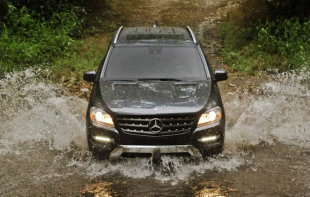 2012 Mercedes-Benz ML350 Bluetec 4MaticOverall savings compared to gas-powered ML350 4Matic:
2012 Mercedes-Benz ML350 Bluetec 4MaticOverall savings compared to gas-powered ML350 4Matic: $2,473
Fuel savings: $2,336
Mercedes’ midsize ML350 Bluetec crossover gets the 240-hp version of the company’s 3.0-liter V-6 turbodiesel, with an EPA estimated fuel economy of 22 mpg city, 27 mpg highway and 22 mpg combined.
Although its purchase price* as estimated by Vincentric is $1,397 higher than that of the gas model, the diesel saves owners $2,336 in fuel costs** and $767 in maintenance over five years of ownership. Factoring in slightly higher finance, insurance and repair costs versus the gasoline version, the ML350 Bluetec saves owners a total of $2,473 over five years.
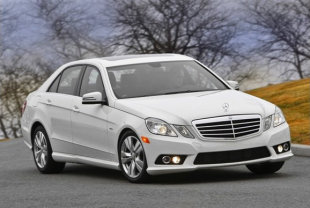 2012 Mercedes-Benz E350 BluetecOverall savings compared to gas-powered E350:
2012 Mercedes-Benz E350 BluetecOverall savings compared to gas-powered E350: $2,204
Fuel savings: $3,145
The gas-powered midsize E-Class sedan is one of Mercedes’ most popular models. The E350 Bluetec diesel sells in far fewer numbers. It costs $1,965 more to purchase* than a gas-powered E350. Besides that, the diesel E350 Bluetec has marginally higher costs in nearly every category that Vincentric tracks, including most notably finance and repairs.
But its impressive fuel savings** of $3,145 help compensate for it all and result in savings of $2,204 over five years of ownership when compared to its gasoline counterpart. The E350 Bluetec has a 210-hp 3.0-liter V6 turbodiesel that gets an EPA-estimated 21 mpg city, 32 mpg highway and 25 mpg combined.
 2012 Ford F-350 DieselOverall savings compared to gas-powered F-350:
2012 Ford F-350 DieselOverall savings compared to gas-powered F-350: $1,131
Fuel savings: $1,999
Of the seven full-size, heavy-duty diesel pickup trucks Vincentric studied, the Ford F-350 is the only one with five year ownership costs that are lower than that of its gas-powered equivalent.
The Ford F-350 Diesel has a 400-hp 6.7-liter V-8 turbodiesel engine. Although it only has 15 hp more than the gasoline 6.2-liter V-8 also offered in the F-350, it has almost double the torque, at an impressive 800 lb.-ft. What that means in practical terms is that the F-350 Diesel is more capable at towing and hauling heavy loads. It also depreciates less, according to Vincentric, retaining $822 more of its value over five years of ownership than the gas-powered F-350. That and its impressive fuel savings** help the F-350 Diesel overcome its $5,355 higher purchase price* and higher ownership costs, resulting in savings of $1,131 over five years of ownership compared with its gas counterpart.
source 
